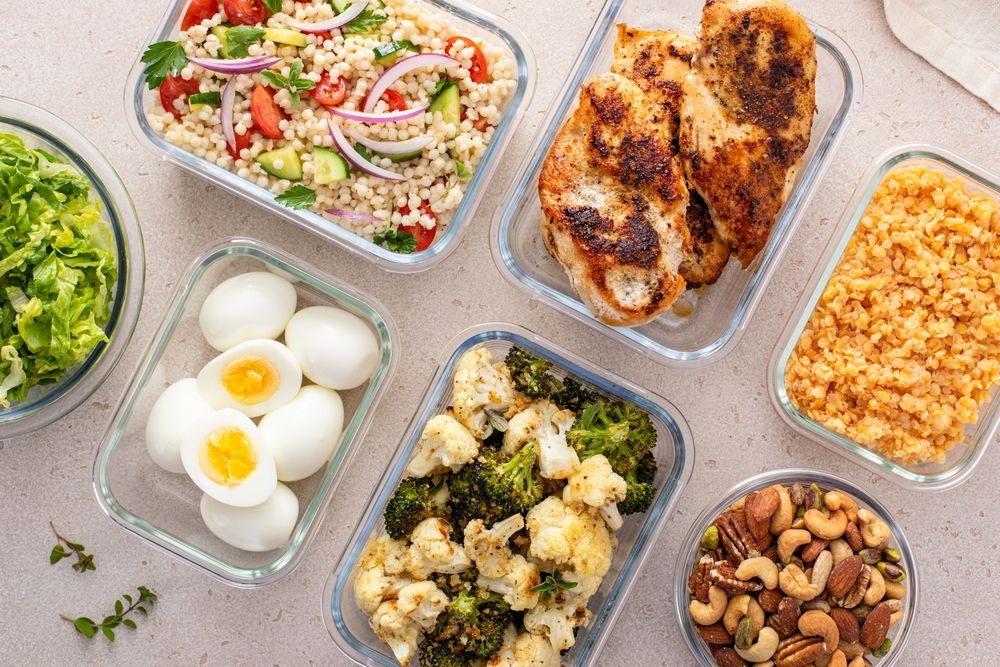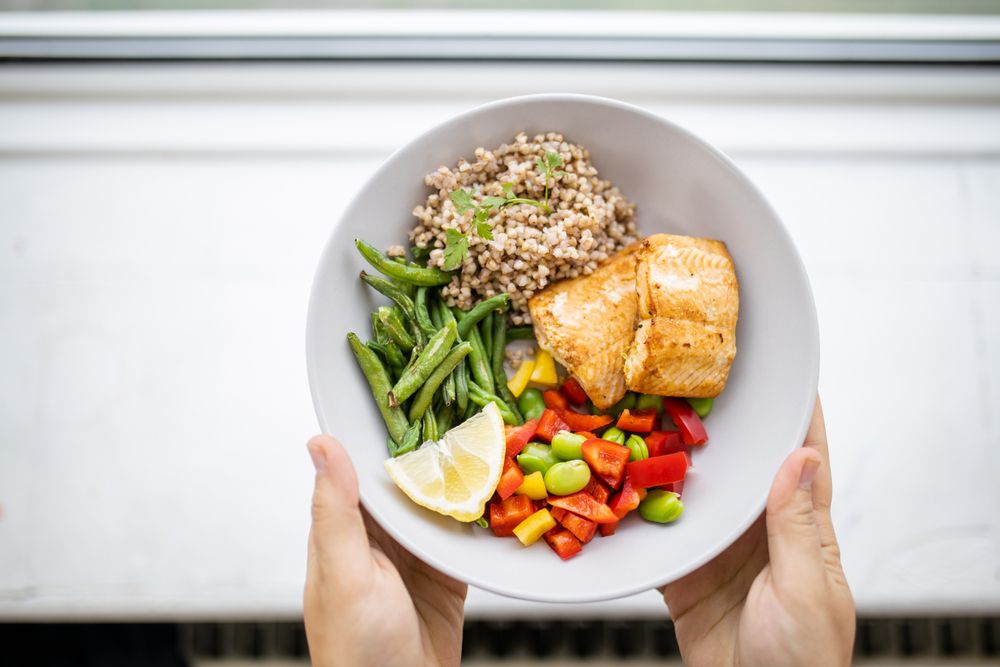
Losing weight in your 50s can feel like a unique challenge, but it’s far from impossible. By this stage, your body has undergone significant changes, including a natural decline in muscle mass, a slower metabolism, and hormonal shifts that can make weight loss more complex than in your 30s or 40s. Coupled with the demands of a busy life, it’s easy to feel stuck or unsure of how to move forward. The good news? With the right strategies, you can reignite your progress and achieve your goals.
While most people focus on the "how" of weight loss, understanding the "why not" is just as important. Common missteps—like skipping resistance training, underestimating the importance of protein, or sacrificing sleep—can unknowingly sabotage your efforts. These obstacles not only stall progress but can also make it harder to sustain results long-term. By identifying and addressing these barriers, you can create a personalized, sustainable weight-loss plan that works with your body and supports your goals during this stage of life.
I’ve identified eight common weight-loss mistakes many people make in their 50s and paired them with simple, actionable solutions. Whether it’s upgrading your workout routine, managing stress, or refining your diet, these strategies are designed to help you shed pounds while boosting your overall health and energy levels. Consider this your roadmap to lasting success—not with quick fixes, but through practical, thoughtful changes that empower you to feel your absolute best.
Mistake #1 Skipping Resistance Training

As you age, muscle mass naturally declines—a process called sarcopenia. This loss of muscle can slow your metabolism, making weight management more difficult. Many people in their 50s focus exclusively on cardio, believing it’s the most effective way to burn calories. However, neglecting resistance training can significantly hinder your progress.
How to Fix It:
Incorporate resistance training into your routine at least twice a week. Prioritize exercises that engage major muscle groups, such as squats, rows, and presses. If you’re new to strength training, consider joining a class or working with a coach to ensure proper form and technique.
Coach Tip:
Begin with bodyweight exercises to build strength and confidence, and gradually add resistance with dumbbells, bands, or machines to progress safely and effectively.
Mistake #2 Overlooking Protein Intake

Protein is vital for muscle repair, satiety, and maintaining a healthy metabolism. However, many people unknowingly reduce their protein intake as they age, often replacing it with processed carbs or snacks, which can hinder their health and weight-loss efforts.
How to Fix It:
Make it a priority to include a source of protein in every meal, such as lean meats, fish, eggs, or plant-based options like tofu, legumes, or quinoa. Distributing your protein intake evenly throughout the day helps optimize muscle synthesis and keeps you feeling satisfied.
Coach Tip:
Keep protein-packed snacks like Greek yogurt, cottage cheese, or a handful of nuts on hand to curb hunger and avoid less nutritious choices.
Mistake #3 Relying on Crash Diets

Quick fixes and extreme calorie cuts can be tempting when the scale seems stuck, but these methods often backfire. They can slow your metabolism, lead to muscle loss, and set the stage for frustrating cycles of yo-yo dieting.
How to Fix It:
Shift your focus to sustainable, gradual changes. Prioritize whole, nutrient-dense foods, balanced portions, and regular meals to keep your energy levels stable and support your metabolism. Small, consistent habits are the foundation of long-term success.
Coach Tip:
Forget perfection—focus on progress. Celebrate small victories along the way to stay motivated and build momentum.
Mistake #4 Neglecting Sleep Quality

Sleep often gets overlooked in a busy lifestyle, but poor sleep is closely linked to increased appetite, difficulty making healthy choices, and hormonal imbalances that affect hunger and fat storage.
How to Fix It:
Prioritize a consistent bedtime routine and aim for 7–9 hours of quality sleep each night. Optimize your sleep environment by keeping your bedroom cool, dark, and quiet, and avoid screens or stimulating activities at least an hour before bed.
Coach Tip:
If stress is keeping you awake, try incorporating mindfulness practices, deep breathing, or gentle yoga into your evening routine to help you relax and unwind.
Mistake #5 Underestimating Stress Impact

Chronic stress elevates cortisol levels, which can contribute to weight gain, especially around the midsection. It also often triggers cravings for comfort foods, making it harder to maintain healthy eating habits.
How to Fix It:
Integrate stress-management techniques into your daily routine. Activities like walking, deep breathing, or engaging in hobbies you love can significantly lower stress levels and support your overall well-being.
Coach Tip:
Foster calm and positivity by starting with just five minutes of focused breathing or gratitude journaling each day. These small practices can create a powerful ripple effect on your mindset and habits.
Mistake #6 Being Too Sedentary

Chronic stress elevates cortisol levels, which can contribute to weight gain, especially around the midsection. It also often triggers cravings for comfort foods, making it harder to maintain healthy eating habits.
How to Fix It:
Integrate stress-management techniques into your daily routine. Activities like walking, deep breathing, or engaging in hobbies you love can significantly lower stress levels and support your overall well-being.
Coach Tip:
Foster calm and positivity by starting with just five minutes of focused breathing or gratitude journaling each day. These small practices can create a powerful ripple effect on your mindset and habits.
Mistake #7 Not Adjusting Portion Sizes

As you age, your metabolism naturally slows, meaning your body requires fewer calories than it did in your 30s or 40s. Continuing with the same portion sizes can lead to gradual weight gain over time.
How to Fix It:
Tune into your hunger cues and practice mindful eating. Opt for smaller plates and focus on balanced meals filled with plenty of vegetables to help control portions without feeling deprived.
Coach Tip:
Pre-portion snacks and meals ahead of time to prevent accidental overeating and make it easier to stick to your goals.
Mistake #8 Skipping Recovery Days

Staying active is essential, but overtraining or skipping rest days can backfire, leading to burnout, fatigue, and even weight plateaus. Recovery is when your body rebuilds and becomes stronger.
How to Fix It:
Prioritize rest and recovery as part of your routine. Incorporate active recovery days with low-intensity activities like walking, stretching, or yoga, and schedule at least one full rest day each week to allow your body to relax and recharge.
Coach Tip:
View recovery as a key element of your fitness plan, not a setback. It’s an investment in better performance, progress, and long-term results.

